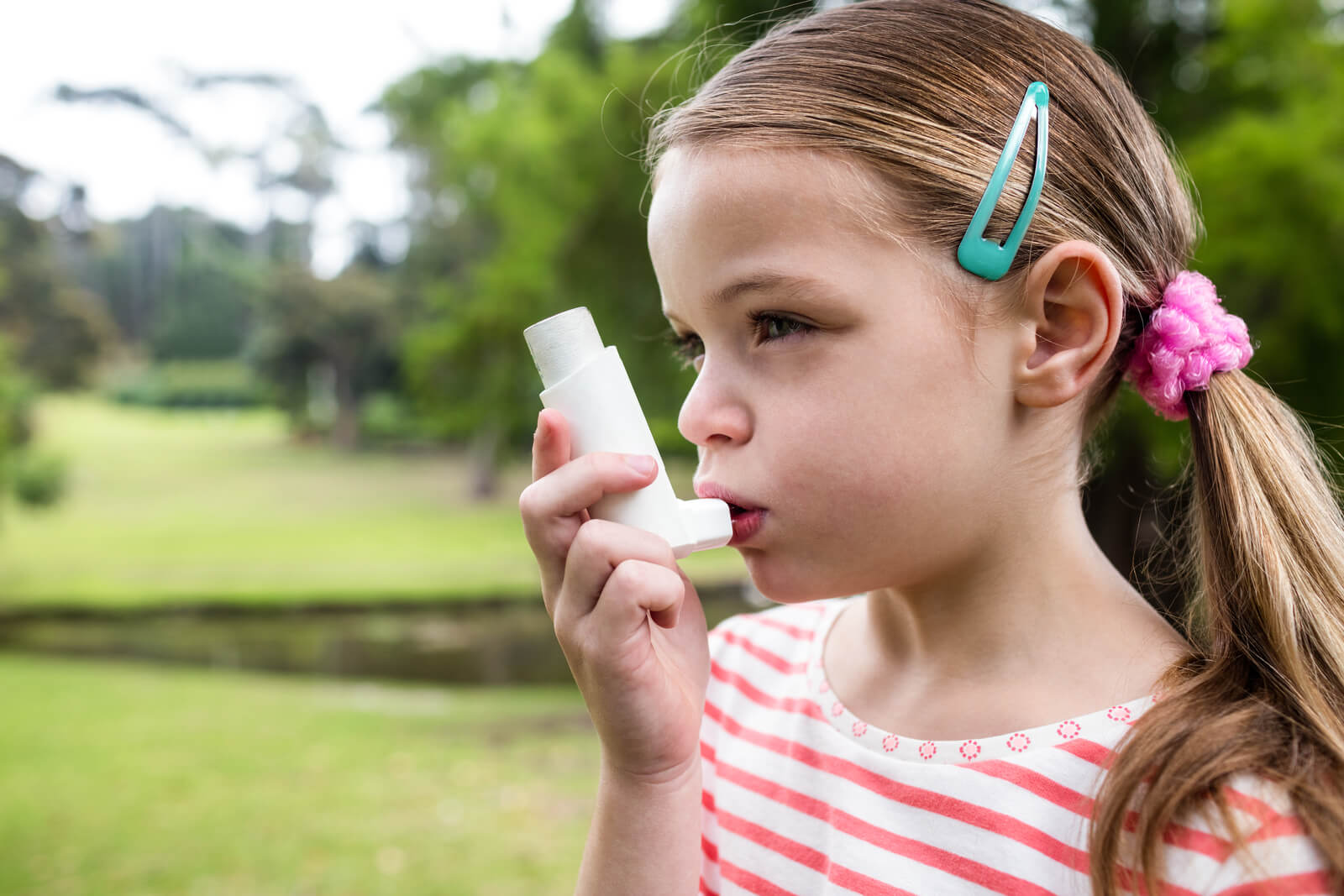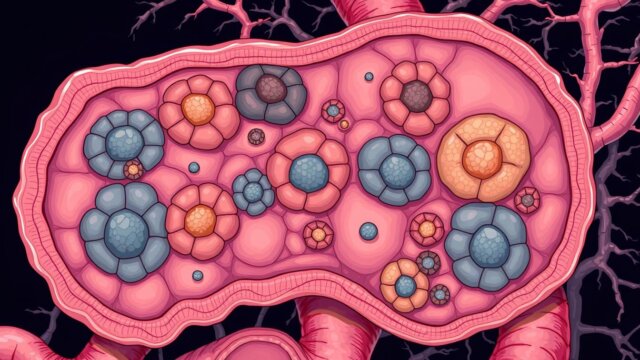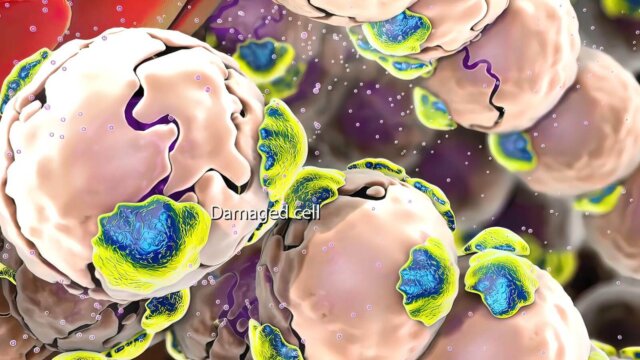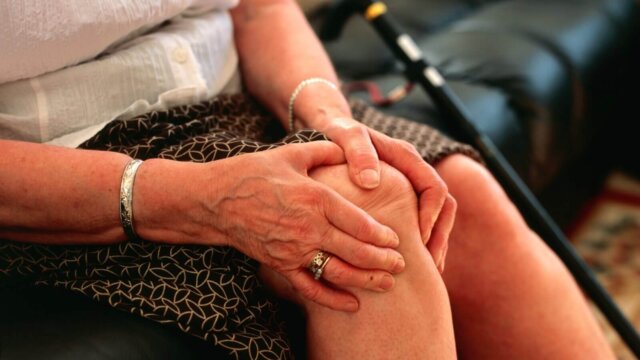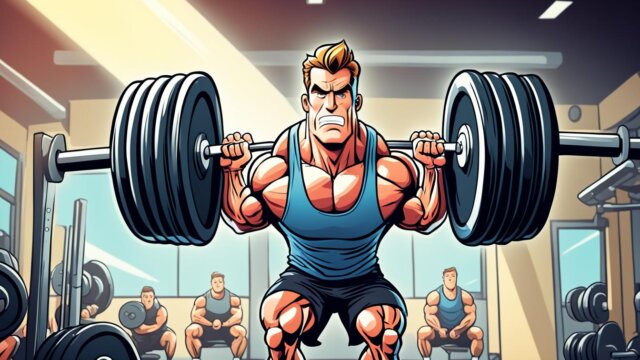FTC disclaimer: This post may contains affiliate links and we will be compensated if you click on a link and make a purchase.
Wheezing and childhood asthma are often related. If your child is wheezing, it may be a sign of asthma.
Regarding children, asthma is one of the most common chronic illnesses. It is a chronic inflammation of the airways that makes it difficult to breathe. Asthma can be triggered by many things, including dust, pollen, cold air, and exercise.
Asthma is more common in boys than girls. It usually starts in childhood, but it can also develop in adulthood.
There is no cure for asthma, but there are treatments that can help manage the symptoms. These include avoiding triggers, taking medication, and using an inhaler.
If you think your child may have asthma, it’s important to see a doctor. They can diagnose asthma and develop a treatment plan.
Asthma is a serious condition, but it can be managed with the right treatment. If you have any questions, please talk to your doctor.
What is Asthma in childhood?
Asthma in children is a chronic inflammation of the airways that causes them to be very sensitive and react to usually harmless things, like cold air, exercise, or allergies.
When the airways are inflamed, they narrow and make breathing hard. This can lead to coughing, wheezing, and shortness of breath.
Asthma can be very serious, but it doesn’t have to be. With the right treatment, most children with asthma can lead normal, active lives.
If your child has asthma, the first step is to see a doctor who can diagnose and treat it. There is no cure for asthma, but many ways to manage it and minimize symptoms.
Symptoms of Childhood Asthma
According to the Centers for Disease Control and Prevention (CDC), childhood asthma is a chronic disease that affects children of all ages but is most common in children under the age of 5. Asthma is a leading cause of school absenteeism and hospitalizations in children.
The symptoms of childhood asthma can vary from child to child and may even change over time. The most common symptoms of asthma are:
- Wheezing
- Coughing
- Shortness of breath
- Chest tightness
- Trouble sleeping
If your child is experiencing any of these symptoms, it is important to talk to your doctor. Asthma is a serious condition that can be life-threatening if not properly managed.
There is no cure for asthma, but it can be controlled with medication and other treatment options. With proper treatment, children with asthma can lead healthy, active lives.

Wheezing Is a Classic Symptom of Childhood Asthma. The mucous membranes in the bronchioles of the lungs contract resulting in a muscular spasm termed bronchospasm.
More mucus is produced in the already restricted airways, which makes breathing difficult. This usually causes wheezing while breathing out.
Asthma is one of the most common chronic respiratory diseases encountered in childhood. Of the 20 million asthma patients in the US, 9 million are children. Asthma attacks can occur in children and adults. In most cases, children with asthma suffer their first attack at 5.
When a child wheezes, it produces a high-pitch whistling sound while exhaling. One cannot normally hear this wheezing sound when you are far away from the person who is wheezing.
The doctor can ascertain if a child is wheezing lightly with the help of his stethoscope. On the other hand, a moderate wheeze can be heard by placing one’s ear close to the child’s chest while exhaling.
When the child suffers from a cold, he normally coughs and wheezes. It indicates the constriction of the airways in the lungs caused due to inflammation and irritation. However, one may have asthma in a child if the wheezing persists even after being cured of a cold.
What are Asthma Symptoms in children with Wheezing?
The fact that wheezing is a classic symptom of childhood asthma can be understood by knowing the symptoms of an asthma attack in children. Children exhibit the following asthma symptoms:
- While exhaling, they produce a wheezing sound caused by the constriction of the airways in the lungs
- While playing or exercising, they cough and feel breathless
- They complain of feeling tightness in the chest
- They have prolonged periods of cough, especially at night
- They suffer from recurrent attacks of cold from which they recover after a long time.
In small children suffering from asthma, wheezing is generally due to a viral infection such as a cold, throat, or ear infection.
Do all children with Asthma wheeze?
It should be that although wheezing is a classic symptom of childhood asthma, not all children with asthma wheeze. Asthma symptoms vary in children and may get better or worse depending on the immunity levels of the growing child.
An effective asthma action plan must be adopted so that most children outgrow asthma in adulthood. Sometimes, your child who suffers from asthma may complain of only persistent cough or chest congestion. The asthmatic child may not show any signs of wheezing.
Furthermore, wheezing is a classic symptom of childhood asthma. Still, in the case of children, wheezing could also be attributed to infectious bronchitis, and your child who is wheezing may not be suffering from asthma.
Therefore, a correct diagnosis of wheezing is necessary to confirm asthma in wheezing children.
Do children with asthma always wheeze?
No, not all children with asthma wheeze. Some children with asthma may never wheeze. However, wheezing is a common symptom of asthma in children and is often one of the first signs that a child may have the condition.
Wheezing occurs when the airways narrow and the air moves through them with a whistling sound. This can happen when the muscles around the airways tighten, when there is inflammation, or when there is increased mucus in the airways.
Wheezing is often worse when a child has a cold or the flu or is exposed to triggers, such as dust, pollen, or smoke.
If your child is wheezing, it is important to see a doctor to rule out other causes of wheezing, such as a respiratory infection.
If your child has asthma, the doctor will work with you to develop a treatment plan to help control your child’s asthma and minimize the risk of wheezing episodes.
When should I be worried about my child wheezing?
As a parent, it’s natural to worry when your child has a cough or wheezing. After all, these are common symptoms of childhood illnesses like colds and bronchitis. But in some cases, they can also be signs of a more serious condition, like asthma.
Asthma is a chronic lung condition that causes breathing difficulties. It’s one of the most common chronic childhood illnesses, affecting an estimated 6 million kids in the United States alone.
Most children with asthma will have episodes of coughing, wheezing, and shortness of breath. These episodes, or “asthma attacks,” episodes can be triggered by cold air, exercise, or allergies.
In some cases, asthma attacks can be mild and last only a few minutes. But in other cases, they can be more severe and last for hours or even days. Severe asthma attacks can be life-threatening.
So when should you be worried about your child’s coughing and wheezing?
If your child has a cough or wheezing that:
- It is worse at night or early in the morning
- It gets worse when your child is around things that trigger their asthma (like cold air, exercise, or allergies)
- Causes your child to have difficulty breathing
- Causes your child’s chest to feel tight
- Causes your child to feel tired, dizzy, or faint
- It is accompanied by other symptoms like fever, sweating, or shaking
Then it’s time to see a doctor.
Your child’s doctor will likely do a physical exam and ask about your child’s medical history. They may also order some tests, like a chest X-ray or lung function test.
If your child is diagnosed with asthma, the doctor will work with you to develop a treatment plan. This will usually involve taking medication to control the symptoms and avoiding triggers that can cause an asthma attack.
Most children with asthma can lead normal, active lives with proper treatment. So if you’re worried about your child’s coughing and wheezing, don’t hesitate to talk to their doctor.
Is wheezing normal with asthma?
As a parent, it’s normal to worry when your child has a cough or wheezing. After all, these are symptoms of asthma, and asthma can be a serious condition.
But what if your child only has a cough or wheezes occasionally? Is this something to be concerned about?
The short answer is that it depends. If your child has asthma, then coughing and wheezing are common symptoms. Many children with asthma only have these symptoms occasionally.
However, if your child doesn’t have asthma, then coughing and wheezing could indicate another condition. For example, wheezing can also be a symptom of bronchiolitis, which is a viral infection of the lungs.
So, if your child has a cough or wheezing, you must talk to your doctor to rule out other conditions. If your child does have asthma, the good news is that it’s a treatable condition. Your child can lead a normal, healthy life with the right treatment.
How can I stop my child from wheezing?
If your child has asthma, you know how important it is to keep their asthma under control. Unfortunately, asthma can be difficult to manage, and children often have flare-ups that leave them wheezing and struggling to breathe.
If your child is wheezing, it’s important to act quickly to help them get their asthma under control. There are a few things you can do to help your child stop wheezing and get their asthma under control:
1. Make sure your child is taking their asthma medication as prescribed. If your child is having trouble controlling their asthma, it may be time to talk to their doctor about changing their medication or increasing the dosage.
2. Avoid triggers that can cause an asthma attack. Common asthma triggers include allergies, cold weather, exercise, and viral infections. If you know what triggers your child’s asthma, try to avoid them.
3. Help your child stay calm. Stress can trigger asthma attacks, so it’s important to help your child stay calm and relaxed. If your child is having an asthma attack, have them sit down and try to relax.
4. Use a humidifier. Dry air can trigger asthma attacks, so using a humidifier in your child’s room can help to prevent asthma attacks.
5. Keep your home clean. Dust and other allergens can trigger asthma attacks, so keeping your home clean and dust-free is important.
These are just a few tips to help you stop your child’s wheezing and get their asthma under control. Talk to their doctor if you’re concerned about your child’s asthma.
How to manage Asthma in Children?
The most important thing you can do for your child is to learn as much as possible about the condition and how to manage it. This will help you and your child feel more in control and less anxious about asthma.
Here are some things you can do to help your child manage their asthma:
- Work with your child’s doctor to create an asthma action plan. This should include what to do when symptoms start, how to take medications, and when to see the doctor.
- Make sure your child takes their asthma medications as prescribed. This is the best way to prevent asthma attacks and keep symptoms under control.
- Help your child avoid triggers. Common triggers include cold air, exercise, dust, pollen, pets, and smoke.
- Teach your child how to use an inhaler properly. This is a device that delivers medication to the lungs.
- Help your child stay active. Exercise can help strengthen the lungs and reduce asthma symptoms.
- Keep your home clean and free of dust and mold.
Asthma can be difficult to manage, but with the right information and support, most children can live normal active lives.
When to see a doctor?
If your child has any of these symptoms, it’s important to see a doctor. Asthma is a serious condition that can be life-threatening. However, with proper treatment, most people with asthma can manage their condition and live healthy lives.
If you think your child may have asthma, the first step is to see a doctor. They will likely perform a physical exam and ask about your child’s symptoms. They may also order some tests, such as a chest X-ray or lung function test.
There is no cure for asthma, but there are many effective treatments. The goal of treatment is to control the symptoms and prevent asthma attacks. Common treatments include:
- Inhaled steroids to reduce inflammation
- Long-acting bronchodilators open the airways
- Short-acting bronchodilators for quick relief
- Allergy shots (immunotherapy)
- Avoidance of triggers
Most children with asthma can live normal, healthy lives with proper treatment. If your child has asthma, work with their doctor to develop a treatment plan that works for them.
The Bottom Line
Childhood asthma can be bothersome as it may restrict children’s daily activities, such as playing sports and exercising.
Wheezing and childhood asthma are two related conditions. They both involve the lungs and can cause difficulty breathing.
Wheezing is often a symptom of asthma but can also be a sign of other respiratory problems. If your child is wheezing, it is important to see a doctor to get a diagnosis.
It can also cause sleep disturbances in children. To confirm asthma in a child’s wheezing, the doctor may ask the child to undergo the following tests: Chest X-ray, Spirometry, and allergy testing.
